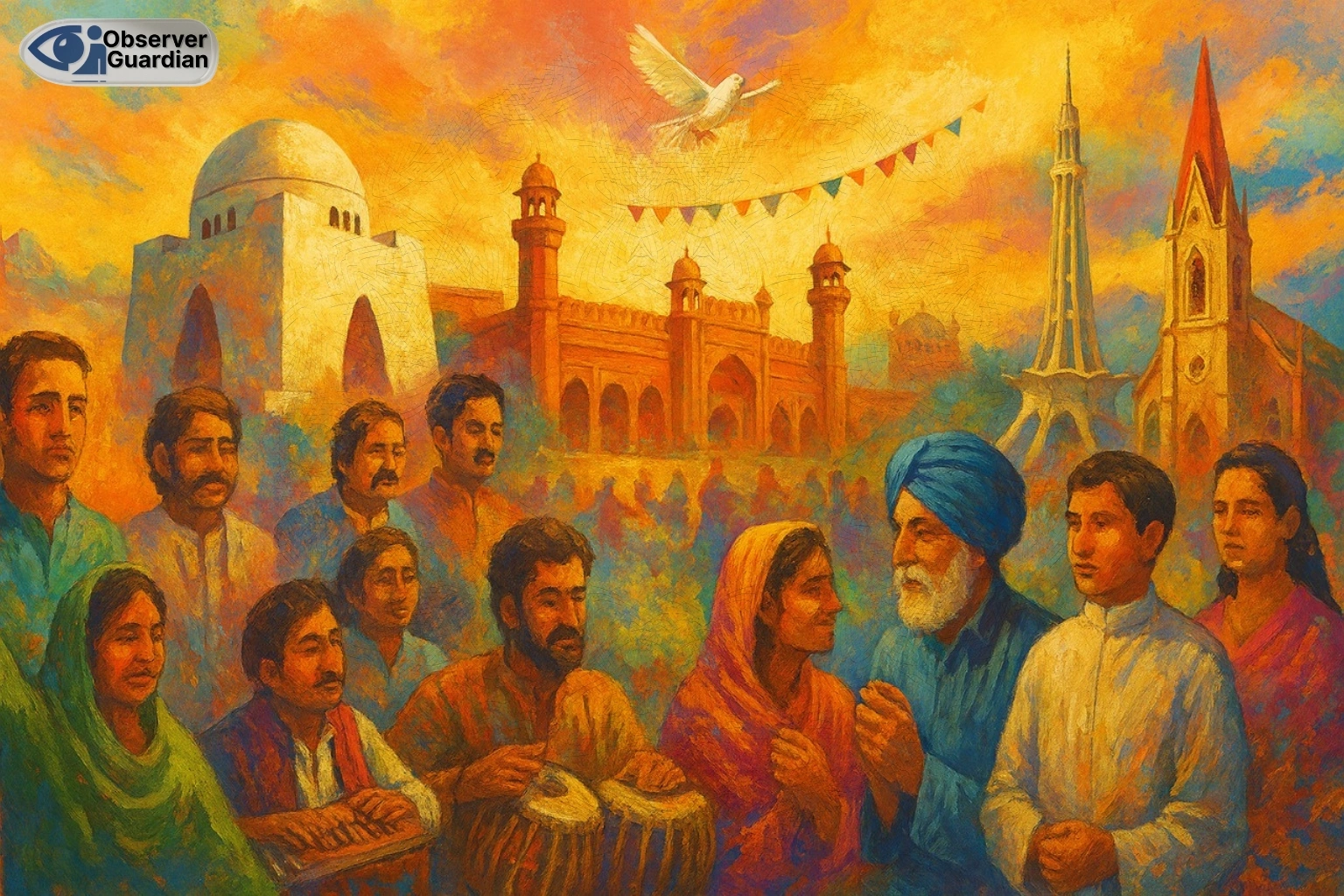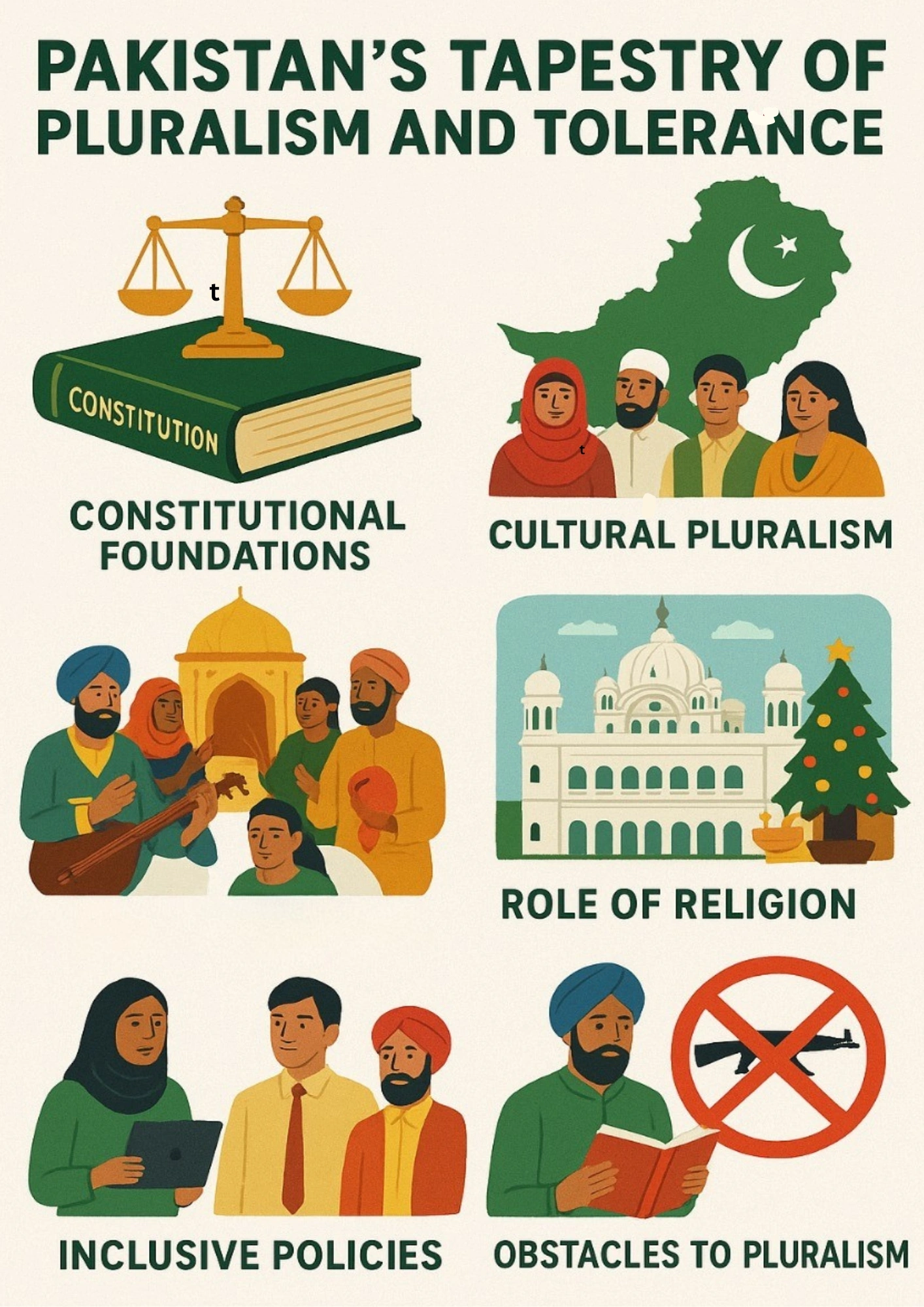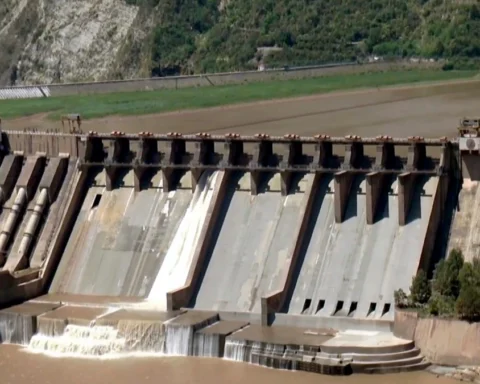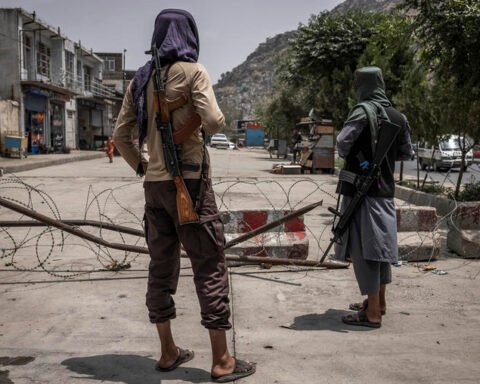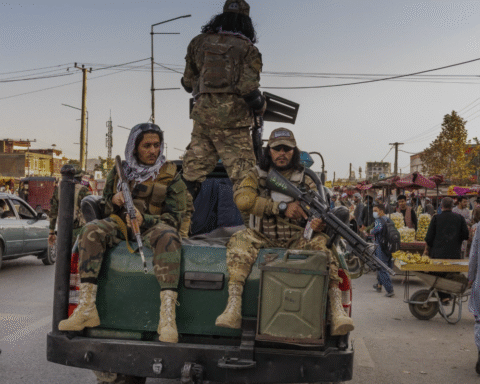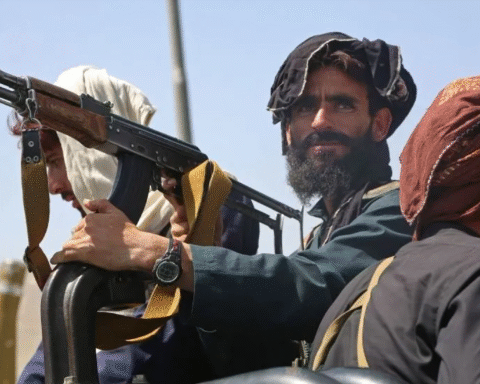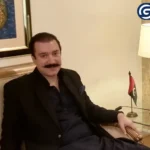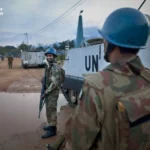When people talk about Pakistan, the conversation often swings between two extremes. Either it is portrayed as a country weighed down by political challenges, or it is romanticized as a land of poets, saints, and cricket heroes. However, the truth, like in most places, sits somewhere in between.
Pakistan is a diverse country, but it has always carried within it the seeds of moderation, pluralism, and coexistence.
Constitutional Foundations of Pluralism and Tolerance in Pakistan
Moving forward, at the very core is the Constitution. It is not just a legal document, but also a promise. It tells every Pakistani, whether Muslim or not, that they have the same rights. This means freedom to practice faith, the right to representation, and protection under the law.
Besides, as practice does not always match promise (no country is perfect in this), at least the framework is there. It is manifest in the reserved seats for minorities in parliament, and in how courts sometimes step in to defend vulnerable groups.
Then there is the culture. If one observes a Sufi shrine in Lahore, Sehwan, or Multan, they will notice something striking, and that is about the crowd present there. It is a mix. People of different sects, even different religions, come to listen to music, poetry, or just sit in a space where the boundaries between “us” and “them” blur. This has been a part of the subcontinent’s tradition for centuries. Pakistani folk music, art, and crafts carry the same message. The message is that diversity is not only tolerated, but celebrated.
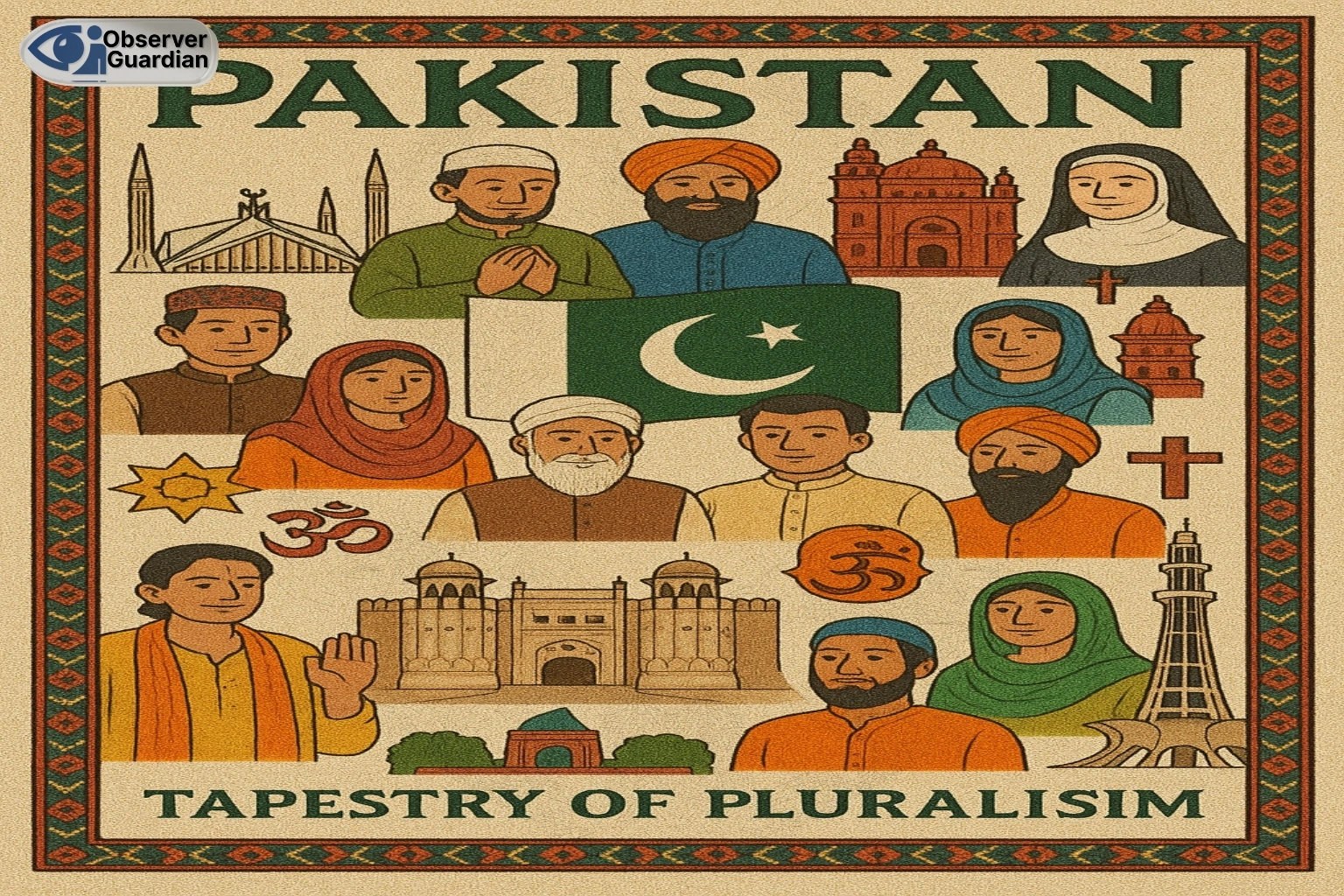
Role of Religion
Furthermore, religion plays a more nuanced role than outsiders sometimes imagine. Pakistan is an Islamic Republic, but it does not mean there is no room for others. The Kartarpur Corridor is a case in point. Pakistan opened its doors to Sikhs from across the border for visiting one of their holiest sites. Also, around Christmas or Diwali, one comes across state recognition and public celebrations. These moments may not solve every issue minorities face, but they show that religious coexistence is woven into the national fabric.
Flourished Democratic Culture in Pakistan
Moreover, politics often gets messy, and Pakistan has its share of instability. But democratic habits are stronger than people assume. Elections come and go, governments change, and the system holds. Civil society and media are noisy, which is a good sign in any democracy. People argue, protest, vote, and participate. It is not always smooth, but that is how a pluralistic society works.
Inclusive Policies in Pakistan
Additionally, on the social side, Pakistan has been trying to pull more people into the mainstream. Programs supporting education for girls, microloans for women, youth entrepreneurship, and poverty reduction might not grab international headlines. But these policies are reshaping communities. Today there are more women in parliament, more young Pakistanis building start-ups, and more marginalized groups demanding a seat at the table. This is what inclusion looks like in practice.
The Biggest Obstacle
One of the biggest challenges Pakistan has faced is extremism. And while the struggle is far from over, there has been a conscious effort to push it back. It is not just militarily, but also through education and culture. Schools are starting to emphasize ethics, civic values, and coexistence. Media too has a role to play. Dramas, films, and music often reflect stories of resilience, unity, and shared identity. These narratives matter, because they provide people with an alternative to divisive ones.
Role of Pakistan as a Bridge to Connect People and Regions
Further, Pakistan likes to see itself as a bridge in diplomacy. It can be between East and West, South and Central Asia, or even between different religious and cultural traditions. The country uses its history of pluralism to show that it can help bring people together. This may happen through peacekeeping missions, interfaith dialogues, or cultural diplomacy.
Is Pakistan the best example of moderation? The short answer is no. There are contradictions all around. These include communities still being discriminated against, political instability that slows progress, and voices of intolerance that remain. But there is another story worth paying attention to alongside these struggles. It is the story of a country that has always been pluralistic and is striving to balance its Islamic identity, its cultural roots, and modern democratic goals.
Lastly, when one takes away the noise, they see a society that wants to live a balanced life. A place where people of different religions share music at a shrine, women fight for space in boardrooms and politics, and young people dream of making things better. The Constitution promises equality even when it does not always exist. Hence, this is the true picture of the country called Pakistan. People should pay attention to this side of the state. It is a country that wants people to live together, and not apart.
⚠ Disclaimer
The views and opinions expressed in this article are exclusively those of the author and do not reflect the official stance, policies, or perspectives of the Platform.
Author
-
His research focuses on the intersection of regional connectivity and economic development. With a keen interest in politics and international economics, his academic work explores how infrastructure and geopolitical dynamics influence trade routes and regional cooperation, particularly in South and Central Asia. Mozammil is passionate about contributing to policy dialogue and sustainable development through evidence-based research and aims to bridge the gap between academic inquiry and practical policymaking.

